Momentum Explained Vol.1 + 2 by Martin Pring
$25.00
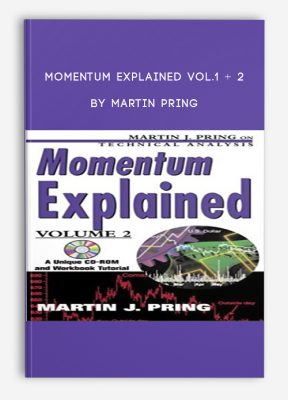
Momentum Explained Vol.1 + 2 by Martin Pring

Get Momentum Explained Vol.1 + 2 by Martin Pring at Salaedu.com
Forex Trading – Foreign Exchange Course
You want to learn about Forex?
Foreign exchange, or forex, is the conversion of one country’s currency into another.
In a free economy, a country’s currency is valued according to the laws of supply and demand.
In other words, a currency’s value can be pegged to another country’s currency, such as the U.S. dollar, or even to a basket of currencies.
A country’s currency value may also be set by the country’s government.
However, most countries float their currencies freely against those of other countries, which keeps them in constant fluctuation.
Martin Pring – Momentum Explained. Vol.1 (pring.com)
This book talks about the basic principles of momentum interpretation – how to use them, when to use them, and why they increase. Trading Accuracy Momentum is the measurement of a price move’s velocity, and is one of today’s most popular technical analysis tools for spotting trends and turning points. “Momentum Explained, Volume 1″ offers an in-depth introduction on the use of momentum analysis in markets, from stocks and indexes to commodities and currencies. Hands-on tips and techniques, actual trading charts, and examples from real-time trading explain how to generate accurate, momentum-based buy and sell signals using: oscillator interpretations; classic divergences; divergence variations; trendlines; peak and trough analysis; moving averages; changes in primary trends; the Relative Strength Indicator (RSI); the Moving Average Convergent Divergence Indicator (MACD); and stochastics. McGraw-Hill’s “Martin Pring on Technical Analysis” series is an excellent teaching tool for in-depth research, instant reference, and interactive review. It provides technical traders with remarkably accurate methods – proven effective in today’s fast-moving markets – for anticipating and exploiting trends. Actual trading charts show you market momentum in action!
Martin Pring – Momentum Explained. Vol.2 (pring.com)
Advanced Principles of Momentum Interpretation
How, When, and Why to Use Them for Increased Trading Accuracy and Success
Momentum, often caused by fast-breaking news or big-money investors taking or dumping positions, is one of today’s most valuable technical analysis tools for spotting trends and catching turning points. Momentum Explained, Volume II, goes beyond the basic principles of momentum trading (covered in Momentum Explained, Volume I) to introduce 25 powerful oscillators and explain how each can be used to improve trading accuracy. Combining descriptions of each oscillator with market-tested tips and techniques, examples from real-time trading, and more, this multimedia CD-ROM tutorial and workbook discusses momentum-based tools including:
Linear regression approaches
Volume oscillator
The Demand Index
The Chande Momentum Oscillator
The Dynamic Momentum Index
The TRIX Index
Qstick
The Directional Movement Systems
The Commodity Selection Index
Price Projection Bands
The Parabolic
McGraw-Hill’s Martin Pring on Technical Analysis series is a unique combination of in-depth audio-visual CD-ROM tutorial and workbook, and is an excellent teaching tool for in-depth research, instant reference, and interactive review. It provides technical traders with remarkably accurate methods–proven effective in today’s fast-moving markets–for anticipating and exploiting trends.
Actual trading charts show these effective momentum indicators in action!
About the Author
Martin Pring is one of the most respected names and influential thought leaders in the world of technical analysis. The author of more than a dozen books on the topic, and a regular contributor to Barron’s and other major financial publications, Pring is a popular speaker at seminars and conferences worldwide.
Get Momentum Explained Vol.1 + 2 by Martin Pring at Salaedu.com
Forex Trading – Foreign Exchange Course
Want to learn about Forex?
Foreign exchange, or forex, is the conversion of one country’s currency into another.
In a free economy, a country’s currency is valued according to the laws of supply and demand.
In other words, a currency’s value can be pegged to another country’s currency, such as the U.S. dollar, or even to a basket of currencies.
A country’s currency value may also be set by the country’s government.
However, most countries float their currencies freely against those of other countries, which keeps them in constant fluctuation.
More Course: FOREX TRADING
Outstanding Course: MTPredictor – RT NT8 v8.0.2 (With Trade module) (Dec 2016)
1 review for Momentum Explained Vol.1 + 2 by Martin Pring
Add a review Cancel reply
Related products
Forex - Trading & Investment
Forex - Trading & Investment
Forex - Trading & Investment
Forex - Trading & Investment

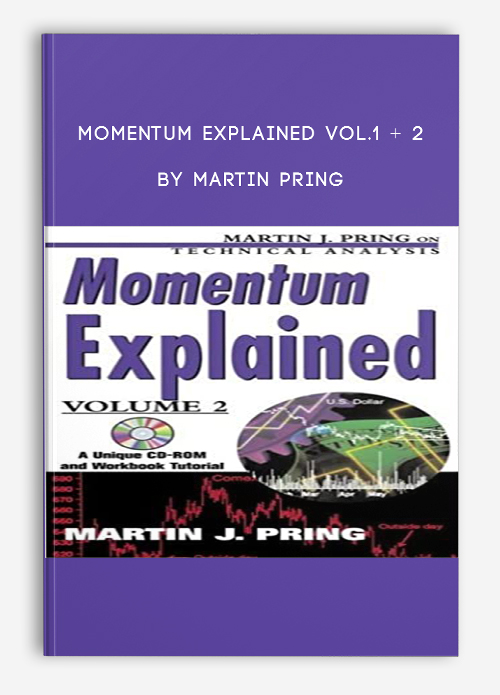
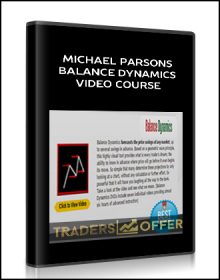



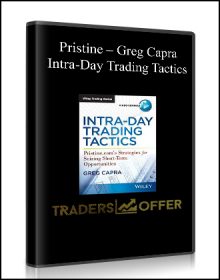
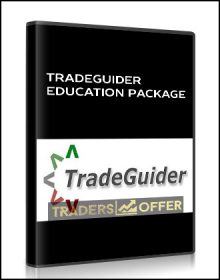
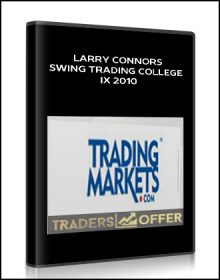
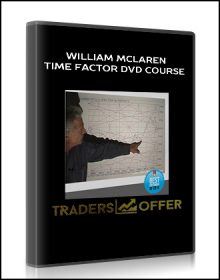
Trevis Trevis –
We create this shop with the mission: Bring the courses to 500 millions of people in the world, to help them awake their power and change their